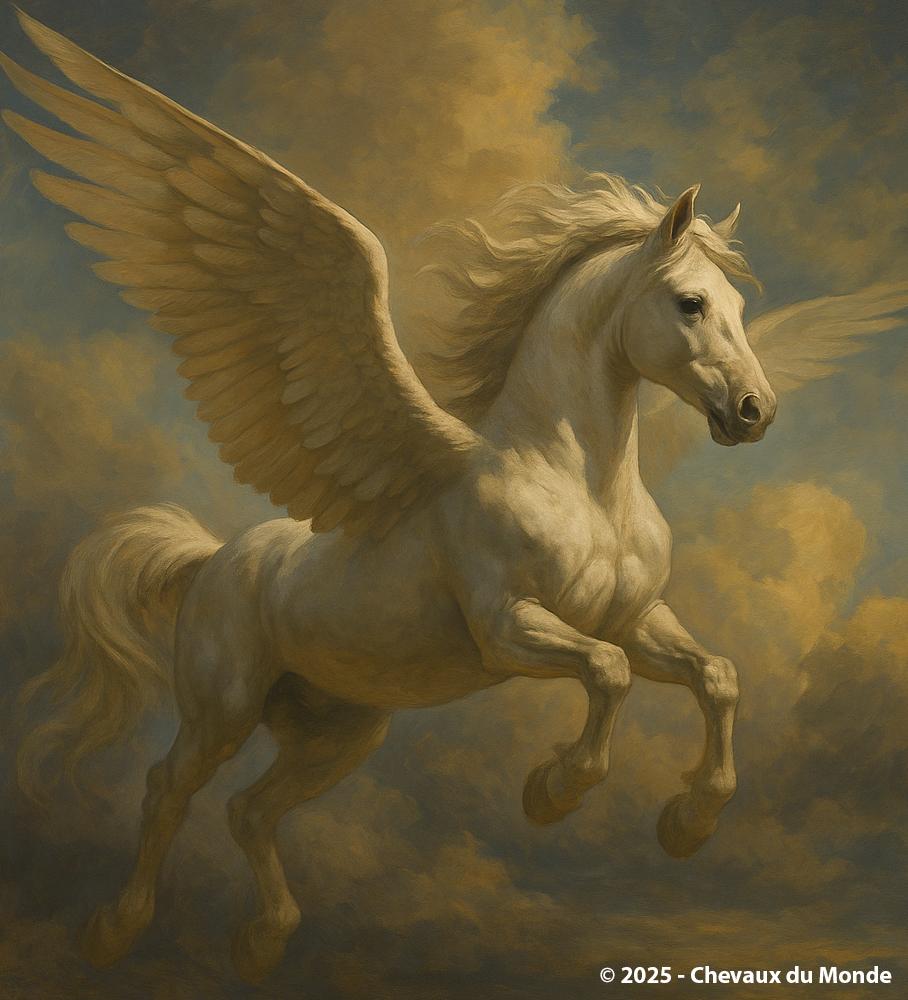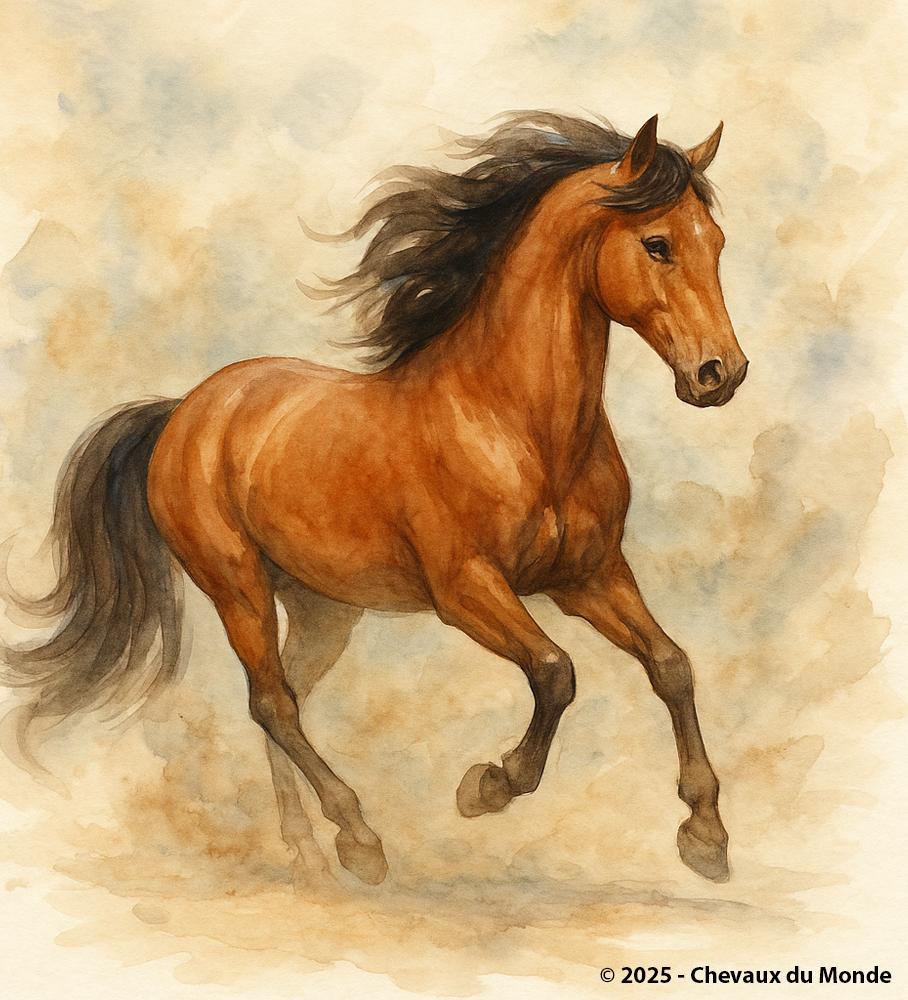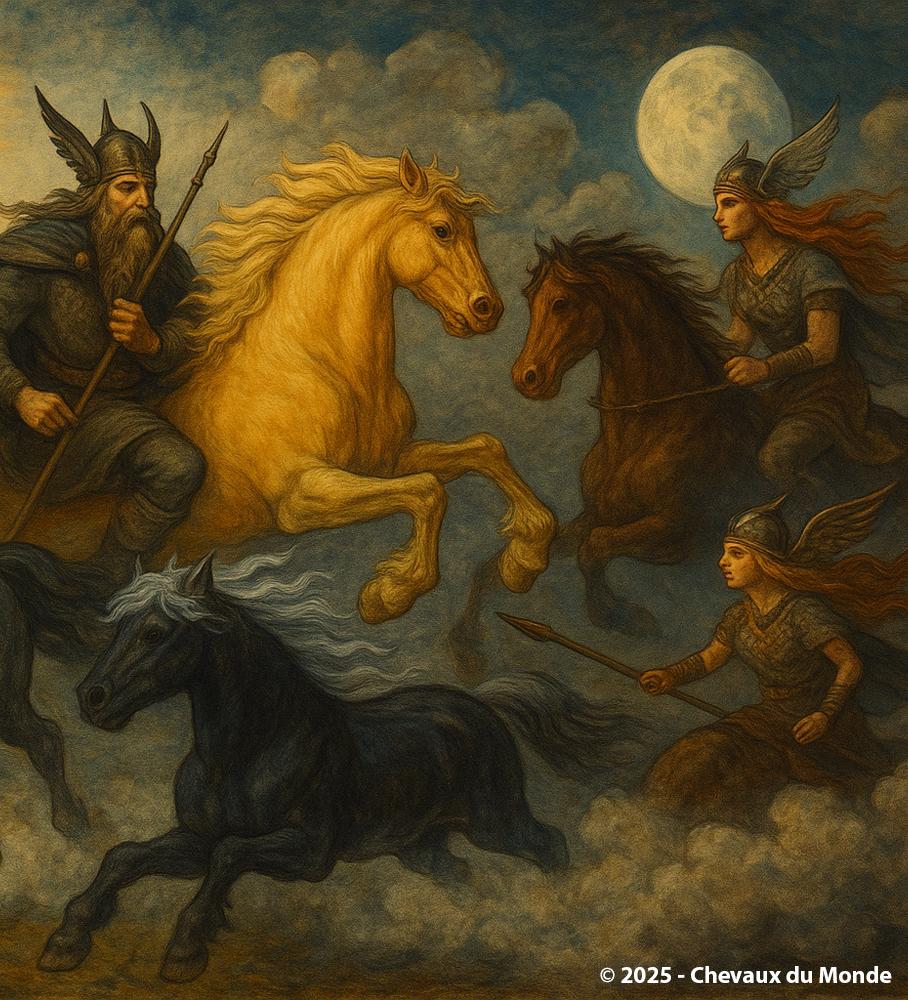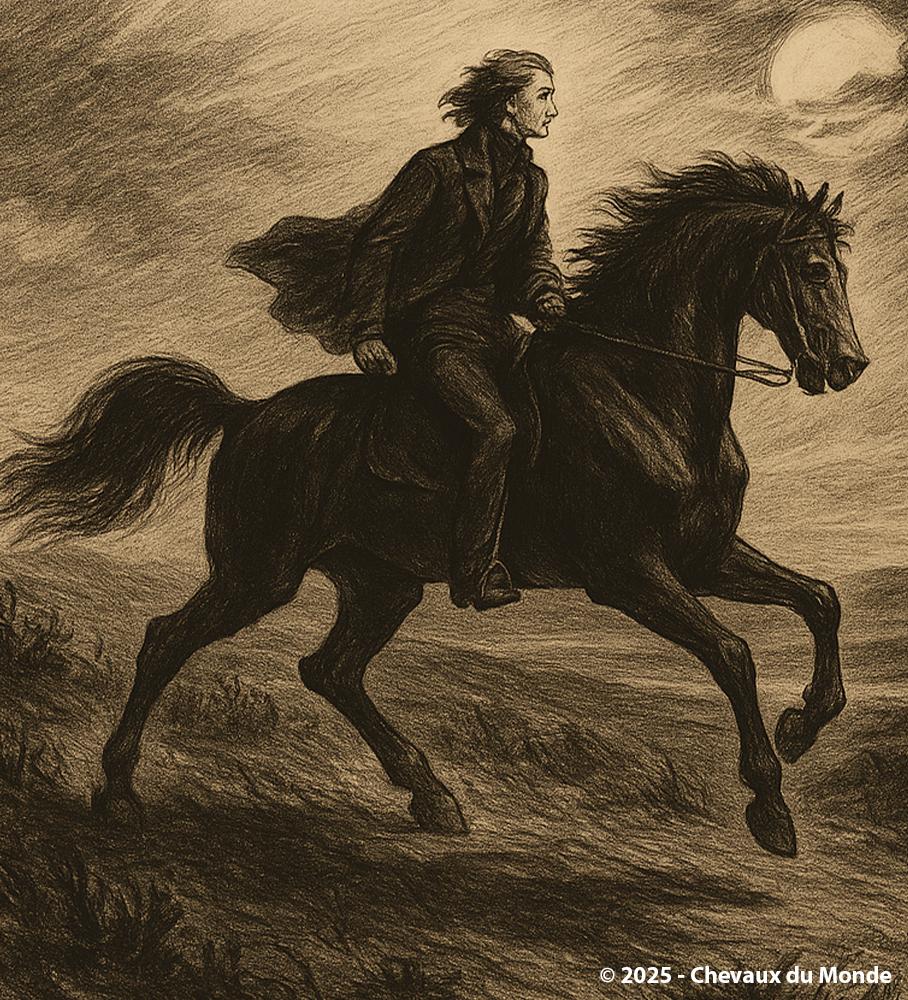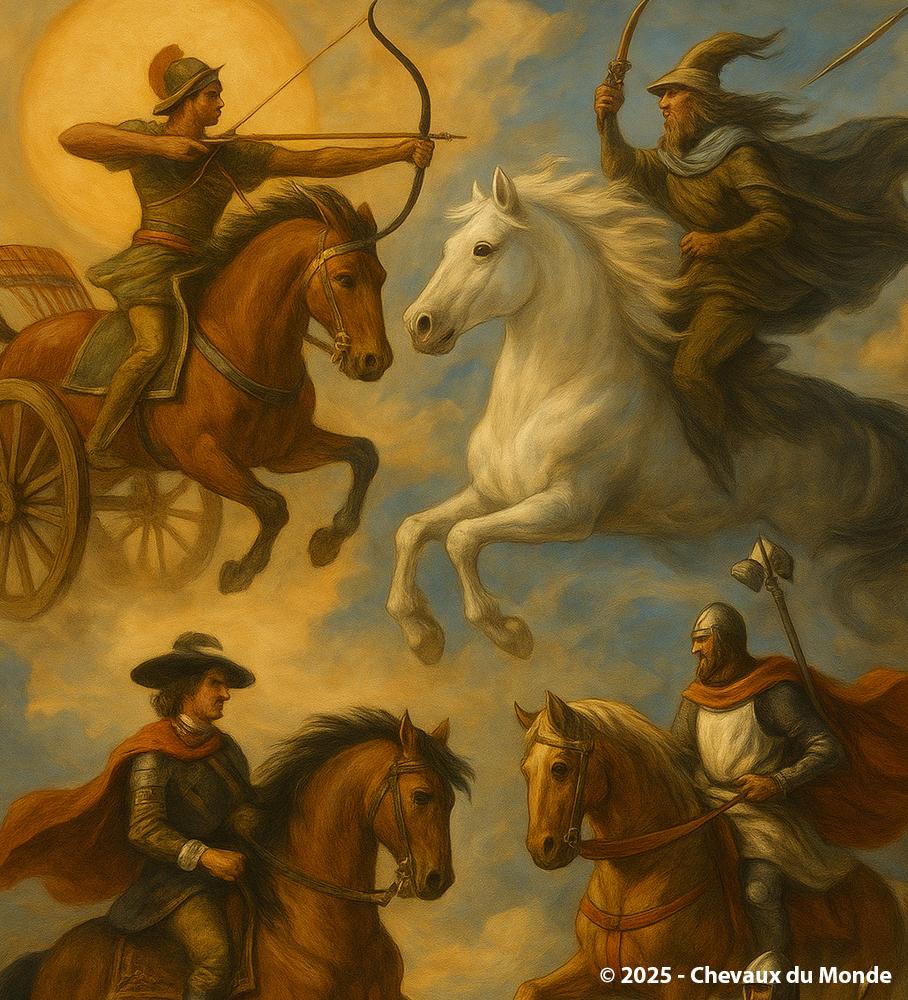AT THE DAWN OF ART: PREHISTORIC HORSES AND THE MYSTERIES OF CAVES

Horses were among the earliest artistic subjects of humankind.
When we venture deep into the decorated caves of prehistory, a fascinating world emerges one of painted, engraved, and symbolic horses, long before writing or domestication. From Lascaux to Pech Merle, and on to Altamira, the horse emerges from the rock walls as a major, mysterious, and almost sacred figure.
A Dominant Presence
Among the hundreds of animal depictions discovered in Paleolithic caves, the horse is one of the most frequently portrayed creatures. At Lascaux, horses make up about 60% of all animal figures. In Altamira (Spain) and Pech Merle (France), they stand prominently among bison, aurochs, and deer.
Why such predominance?
At the time (roughly 20,000 to 12,000 years ago), the horse was neither domesticated nor ridden. It was hunted for meat, but it also seems to have carried a deeper, non-utilitarian significance. Horses are shown in motion, often alone or in dynamic scenes, sometimes accompanied by enigmatic signs (dots, lines, negative hands...).
Aesthetic Mastery
Prehistoric artists demonstrated exceptional mastery of line, volume, and motion. The horses of Lascaux with their taut outlines and arched necks reflect close, respectful observation of the animal. The use of color (ochres, blacks, browns), shading techniques, and the natural relief of the cave walls give these artworks striking artistic quality.
The prehistoric horse emerges as a model of elegance, strength, and freedom.
A Symbolic Dimension?
The function of these artworks remains open to interpretation. Many hypotheses exist:
- Magical hunting rituals
- Totemic or shamanic beliefs
- Mythological depictions of an unseen world
Some researchers suggest horses were seen as protective spirits or intermediaries between humans and natural forces. Their recurring presence in the caves may relate to initiatory rites or a lost cosmology.
In this view, the cave becomes a sanctuary, and the horse a sacred figure or messenger, painted in darkness by the flickering light of torches in a deeply spiritual act.
The Horses of Pech Merle: A Striking Example
At Pech Merle, in southwestern France, two black horses dotted with spots (dated to 25,000 years ago) still captivate modern viewers. Some interpret them as realistic depictions of spotted horses, similar to today's Appaloosa an idea supported by genetic studies. Others see symbolic intent: an expression of the invisible, the spiritual, or a dreamlike realm.
These figures are accompanied by human handprints, strengthening the idea of an intimate connection between humans and horses from the earliest times.
A Timeless Legacy
Although horses were only domesticated millennia later (around 3500 BCE in Central Asia), their powerful presence in prehistoric art suggests they already held a special place in human imagination. Not merely prey, they were symbols, enigmas, perhaps even mirrors of ourselves.
These painted caves, preserving their silhouettes for over 20,000 years, bear witness to our ancient fascination with the free and powerful horse.
Sources:
- Leroi-Gourhan, Gesture and Speech
- Jean Clottes, The Chauvet Cave: The Art of Origins
- Genetic studies on Pech Merle horses (Pruvost et al., 2011)

